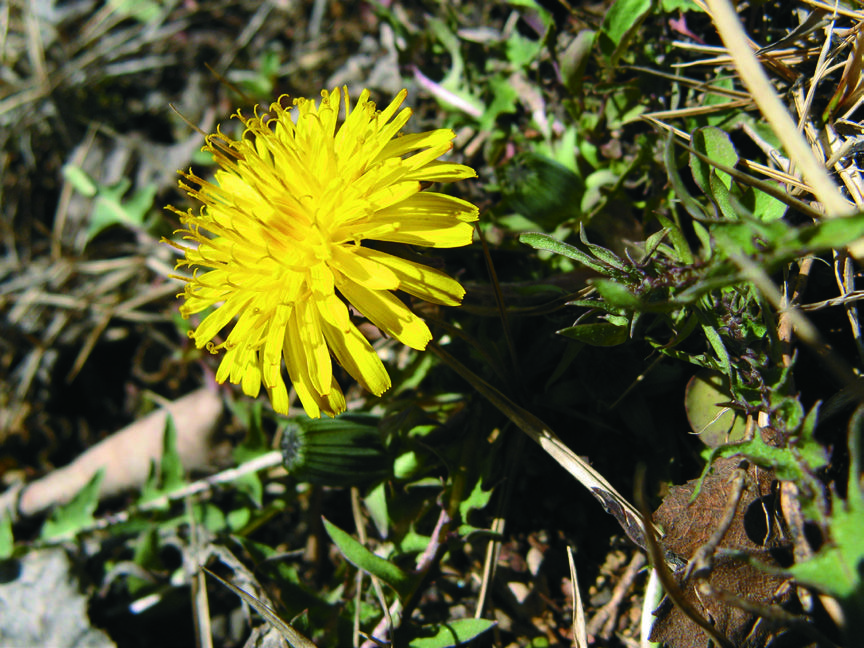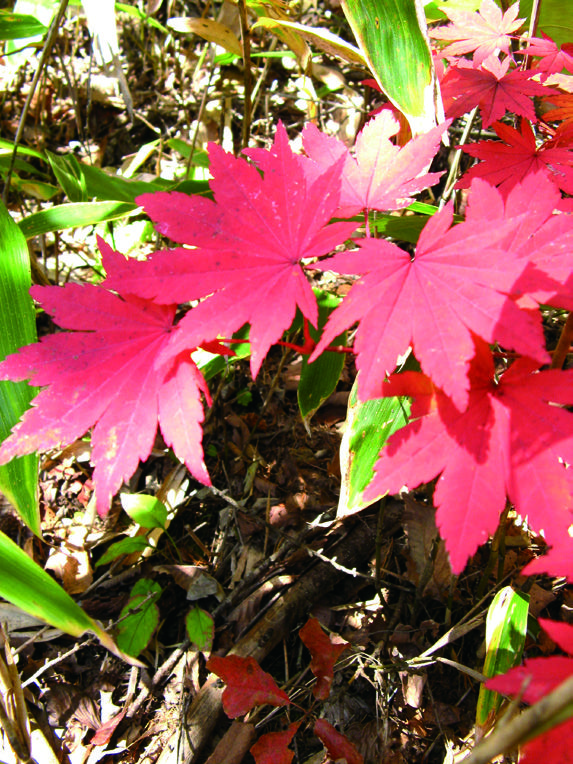
I used to like nature since I was child.Of course I like environment but also I like food, materials, and natural taste of ingredients themselves.
Diet is a fundamental source of body and gives us power.I, who like nature, naturally became interested in natural foods.
About 30 years ago, when the company became independent as a natural foods sales company, when it comes to natural food, everyone had imagined royal jelly and chlorella.
However, is there any other natural food that fits with Japanese body without them? I, who has a strong feeling of nature, couldn't help wondering.So, I looked at the traditional food culture that has existed in Japan since ancient times.
Miso and soy sauce that Japanese people eat every day are typical fermented foods.In addition, bran pickles, natto, vinegar, koji, bonito, and so on ... I have noticed that Japanese food has always been with fermented foods.
Fermented foods are natural foods ingrained in our DNA and fit to body of Japanese.
Koso is produced during the fermentation.
“Let's return to the origin of food which rooted in Japan.”That is the reason why I reached to koso that were not very well known at that time.Not new, but traditional thing. Encountering koso was a fate for me who love nature.
Shokawa, which is rich in nature,
is ideal place for me.
 NIHON SHIZEN HAKKO
NIHON SHIZEN HAKKO
I focused on koso by inspiration at the first. However, koso cannot be made only by inspiration. We had purchased and sold koso from other companies. The reputation of the product was very good, but something caught my mind. The thing is that the natural foods that become the source of our body are manufactured like chemicals in inorganic factory areas. Because I liked nature, I felt something is wrong with that. I want to provide koso to customers after clarifying myself. I want to tell with confidence where we make and the way we produce them. At that time, I thought up of developing enzymes at own company. However, there are no companies which teach us how to make koso. Therefore, I asked universities and research institutions and created a development team that gathered experts who are familiar with the functionality of fermented foods, the usefulness of plants, and fermentation and brewing. I have met Dr. Mizuo Mizuno at then, former president and emeritus professor of Gifu Pharmaceutical University. Dr. Mizuno, who is renowned as "the god of medicinal herbs," devised a method of compounding raw materials based on the five elements of Yin and Yang. From here, koso of NIHON SHIZEN HAKKO have taken our own evolution.
Thus, development of the real koso that I imagined had started. Koso is made from fermentation. I took it seriously and started from scratch. We decided to develop it mainly using cereals instead of the fruit-based koso that were the mainstream in the past. We use various fermenting bacteria to make koso such us koji mold, yeast, and lactic acid bacteria. Each fermentation bacterium has suitable raw materials, and it is necessary to create an optimal environment for extracting useful components. Therefore, developing team repeated research on research and finally developed our original fermentation method called “multi-stage polymerized fermentation”. Temperature control is quite important in the fermentation process. I thought that it would be desirable to have koso production site in a cold area where there is little germ growth, so I started looking for land suitable for that condition. Geographically, speaking of the cold region in the center of Japan which is Chubu Region, we imagine the inland and Hokuriku regions of Gifu and Nagano prefectures. I have thought that there is a perfect place for making koso in here.
Several years after researching in koso development, I had been visiting several places finding new development sites. However, we couldn’t find good place. At that time, place where acquaintance introduced to me was "Shokawa" near the Hida Mountains (Northern Alps). The land at an altitude of 1,050m is the coldest area in Honshu. There is more than 2m of snow, and the temperature can reach minus 20 degrees. I heard that the air was clear all year round, and in the winter, even water vapor freezes. I thought that the area of Shokawa, which is suitable for Kanzukuri and hard to propagate germs, would be a natural clean room. There is abundant clean natural water. I was convinced that the enzymes of the quality I wanted would be made here. From the viewpoint of management perspective, I can’t say Shokawa is suitable place to make research institute and factory. It is not efficient to be a production base. It is a very challenging environment for workers. Nevertheless, I was amazed at Shokawa, where the water is clean, the air is clean, and I liked how there surrounded by my favorite nature. Just as when I met koso, my encounter with Shokawa was inspiring.

 * Planned construction site of Shokawa Research Institute in 2000 (vacant lot)
* Planned construction site of Shokawa Research Institute in 2000 (vacant lot)
Mumaya, Shokawa-cho, Takayama City is located in the northwestern part of Gifu Prefecture, with an altitude of 1,050m. Only on July and August has no record of below freezing. NIHON SHIZEN HAKKO named this perfect place for making koso, “A Village of Koso”, and makes it research, development, and production site. Before the institute was established, this land had a single straight road in the forest, and the wilderness had spread all over. We have desired a place where the melting water boils and only the sound of nature sounds. In order not to destroy this abundant nature, we strived to make use of the bare terrain. The site of the research institute is surrounded by a forest, and there are no houses around. Since there is no domestic waste water, you can drink the river water by hand. This is very surprising for those who came from overseas.

It was a frozen earth.Shokawa is a mountain basin and the coldest place in Japan without Hokkaido. There are few people who felt coldness below minus 20 degrees. When you blow soap bubbles, they immediately solidify like a candy work and break into shreds. Depends on people, they feel pain more than coldness. Feels-like temperature goes down when wind blows. It is an area where the SDF's cold-resistance exercises and low-temperature limit tests for cars are performed. There is cold and also it is a heavy snowfall area. The government removes snow up to the entrance of the research institute, but inside the site, staff members remove all snow. This is an unusual laboratory where daily work starts with snow removal.

The spring in the plateau area comes late, and it is still chilly in the middle of April when the Takayama Festival (Sanno Festival) is held. At the time of Golden Week, the air finally starts to change. It is quite enjoyable season to see Shokawa cherry blossoms, rock azaleas, skunk cabbage, and flowers near the research institute. Even in the site, cute wild flowers and densely colored wild plants will inflate the sprout everywhere. You can see the changes of view every day. I feel the overwhelming natural vitality when the earth, which has absorbed the water of melted snow on the whole surface, quickly turns into a young green color, and as the color becomes darker every day,

Shokawa's summer is as vibrant as beach resorts. Short summer starts on July when sweet aroma of bamboo lily start to drift in the air. If you look up to the heavens, there are pure white clouds in the blue sky as you are sucked. All around is surrounded by deep dark green. Colorful flowers decorate the plants and the trees, and insects move around in between busily. At the night, you can see fireflies living for a moment in the clear stream. A brilliant summer scene composed of various colors changing shades and lightning tone. The vacant space surrounded by nature, shines freshly as if the wind is colored.

The sky, which has a rich shade of color, is high and clear, and autumn comes here in Shokawa hastily and silently. In this region where the morning and evening temperatures fluctuate rapidly, the mountains will soon start preparing for winter. It is so glossy and lonely as the deep green trees darkened the color of brocade each night. At the same time, the landscape around the institute changes rapidly. The nuts and fruits begin to gain weight, and the tone of insects takes over the leading role. As the golden pine scatters and the fall foliage dyes a stunning red-to-yellow gradient, one day suddenly the morning comes when the whole area is covered with pure white frost. You can imagine how severe winter comes.

Shokawa, Japan's coldest and heavy snowfall area is a severely cold place where water vapor freezes. The deep snow absorbs all the sound, and the area is gently wrapped in deep silence. Mountains are being silent and trees are dressed in cold white rime. It's like a myth or a painting. On a clear night, a starry sky bursts out of the clear atmosphere with a flicker. It is exactly a fantasy world as a shooting star appears and disappears without sound localized in white silver earth and a jet-black night sky. The appearance of the beauty and rigor of nature fascinates the viewer.
